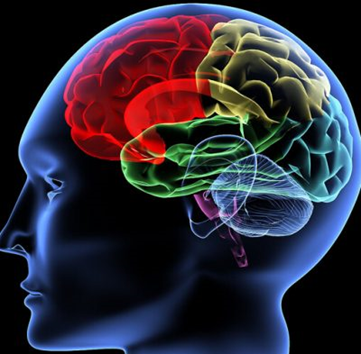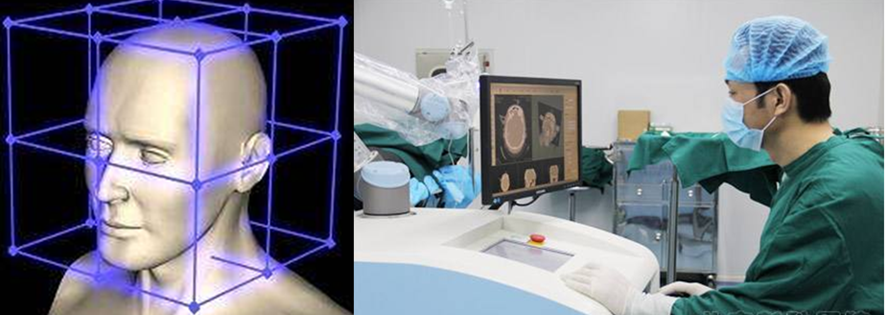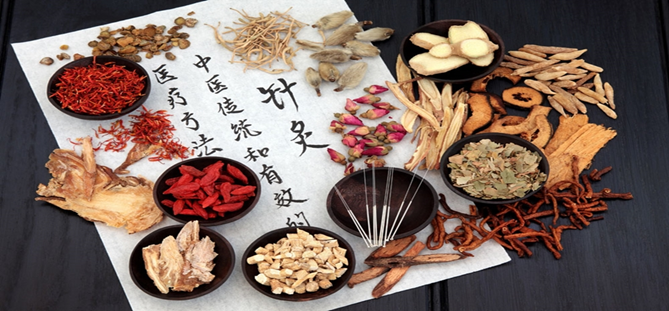Brain Injury is a term that is used to describe an array of traumas that affect the brain and surrounding areas. For more serious Brain Injuries, the mortality rates for patients is between 50% – 60%.
Traumatic Brain Injury (TBI) can cause a host of physical, cognitive, emotional, and behavioral effects and are physiologically very similar to strokes in terms of their impact on the function of the patient’s brain. Until recently, physical therapy, speech therapy, recreational therapy, occupational therapy and vision therapy were the primary treatment methods for trying to alleviate symptoms and restore standard functions in Traumatic Brain Injury patients. As the brain controls all bodily functions, any damage to the brain, regardless of severity, requires a long recovery process with the current traditional methods of treatment.

The medical team at Beijing Puhua International Hospital have been on the cutting edge of research into Brain Injury treatment over the past decade, culminating in the development of the Stereotactic Minimal Invasive Brain Repair.
The course of treatment a Beijing Puhua International Hospital consists of through components. The surgery, rehabilitation (physical therapy) and Traditional Chinese Medicine.
Stereotactic Minimally Invasive Brain Repair:
Stereotactic surgery is a branch of neurosurgery that uses advanced imaging technology to create a three dimensional map of the brain in order to aid surgeons in navigating it while finding the best surgical path. Microelectrodes and puncture needles are placed into the scull which allows the surgeon to pinpoint damaged areas and lesions with greater accuracy. This not only enables greater on table precision during surgery but is invaluable in the diagnosis and assessment of the brain injury itself.
In June 2015, Beijing Puhua International Hospital introduced China’s first Remebot robot which is the most advanced neurosurgical aided locating system in the world. The Remebot enables shorter operation times, decreased surgical risks and a greater positive surgical outcomes.
The actual surgical process is separated into two parts. Once the lesion or affected area has been a located, the surgeon will remove, resect or deactivate it . Secondly, a Nerve Growth Factor agent will be injected into the damaged area, repairing or replacing defective cells and dead tissue.

Traditional Chinese Medicine treatment:
Chinese medicine has existed for thousands of years and over the past two decades has been gaining recognition from modern medicine for it’s holistic approach to health and rehabilitation. In 2015, Dr. Tu Youyou was awarded the Nobel Prize for medicine for her application of Chinese medicine for the treatment of malaria.
Chinese medicine takes a different approach to curing diseases by instead of attacking the ailment itself, it aims to strengthen the body’s own ability to heal and recover instead. This means that most treatments have vastly lower levels of side effects and adverse reactions. This is particularly useful for brain injury patients after their surgery as they are already in a weakend state.
At Beijing Puhua International Hospital, we combine a regiment of Chinese medicine with modern rehabilitation (physical therapy) to speed up our patient’s recovery process.

Rehabilitation (physical therapy) treatment:
Brain injury often causes limb paralysis, dysphagia, aphasia and cognitive dysfunction. A large number of clinical studies have shown that rehabilitation is one of the most effective treatments for these dysfunctions.
Different rehabilitation plans are designed for different kinds of brain injury patients, including rehabilitation evaluation, physical therapy, occupational therapy, the traditional rehabilitation methods, speech therapy, psychological therapy, rehabilitation engineering, rehabilitation nursing, stylistic therapy, etc. These custom plans aim to restore the cognitive function and speech function of brain injury patients, and are supplemented by a variety of exercise and physical therapies to help recover their motor function.
Over the past 20 years, thousands of patients with brain injury have been treated in Beijing Puhua International Hospital, and 90% of them have improved in varying degrees. Compared with traditional surgical method, this innovative and comprehensive treatment plan significantly accelerates the recovery of brain injury patients, with measurable improvements such as:
Reduced excessive muscle tension of limbs
Increased flexibility
Improved coordination
Increased muscle strength and athletic ability
Decreased paralysis of limbs
Improved blood circulation
Improved intellectual abilities such as communication skills, logical analysis ability, comprehension ability, and memory.








